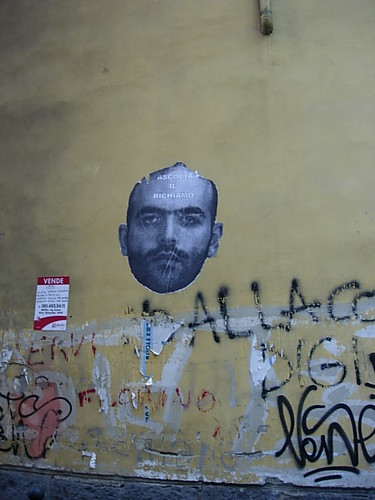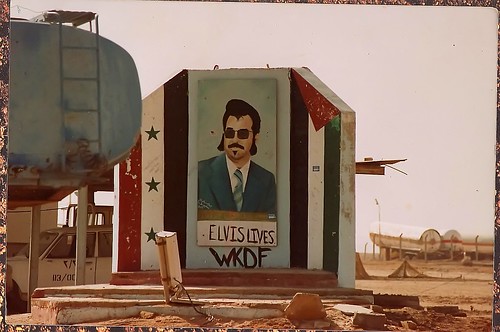The Fortunes of Wangrin is my book from Mali for the Read The World challenge.

It’s a novel — or at least it seems to be universally described as a novel, despite the fact that Hampaté Bâ says in the Afterword:
I don’t know why, even is spite of the specific assertions contained in the Foreword, some people continue to ask themselves whether this narrative is fiction, reality, or a clever mixture of both…
I’ll repeat once more, then, for anyone who might still be in doubt, that I heard everything related to the life of the hero, from the account of his birth (a story told by his parents), through the relationship with the animist world, the various predictions, and so forth, all the way to the downfall caused by commercial bankruptcy, from Wangrin himself, in a Bambara often poetic, full of verve, humour, and vigour, to the soft musical accompaniment of his griot Diele Maadi. To this very day I recall with emotion Wangrin’s voice against the background of a guitar.
[…] I rounded off the information already at my disposal by visiting everyone who had frequented him… I have made up no event or circumstances whatsoever. Every single story was told by the people in question or by someone in their circle, either griot, houseboy, or friend.
Which is interesting case. Because it does read like fiction, stylistically; I certainly read it that way and was surprised to learn that it wasn’t. It is told as a single coherent narrative with the kind of omniscient third person narrator normally associated with fiction. To use a television analogy, it is more like a dramatisation of real events than a documentary. And I don’t think it is like a biography in the standard sense, a work of history intended to establish the true events of a person’s life.

Rather, it is a work of oral history — unsurprisingly, perhaps, since Hampaté Bâ was an ethnologist and folklorist. It has the qualities of a good storyteller telling the story of their own life: not perhaps outright fabrication, but just enough massaging and selection and elision and exaggeration to turn the messiness of reality into something beautifully moulded and polished. It’s like a memoir told in the third person.
And Wangrin is certainly an interesting character; the son of a prominent family, he was sent to the colonial school to learn French and worked as an interpreter, which put him in position as the literal and symbolic intermediary between the French colonial administration and the native population, able to play off both sides against each other. Which he did, enriching himself in the process. So a bit of a crook, then, even if a likeable one.
His position between the French and the Africans makes this book a fascinating look into the functioning of colonial life; one of the more striking things for me was how thin the layer of bureaucracy seems to have been: a very small number of French administrators on their own out in the bush, in charge of a large population of people of various languages and religions with whom they share neither culture nor language. And that makes the interpreter a rather more important figure than the title suggests.
I certainly recommend the book. Like so many of these books in translation, it had a few too many endnotes for my taste, and the edition I read had some truly awful typography inflicted on it* — but I can hardly blame Hampaté Bâ for that.
* The front cover and the page headers are set in Lithos Bold, a typeface which is a typographic cliché for black/African literature, despite being based on Greek inscriptions, so that’s at the very least unimaginative; but worse, the chapter headings use a numeral in Lithos Bold and then a chapter heading and an ornamental initial in Papyrus, another typeface used to give a generic impression of the exotic, and a rather ugly one at that.
» The masks are from the Réunion des Musées Nationaux. I just found themby putting ‘Mali’ into the search engine, and thought they were particularly striking.



